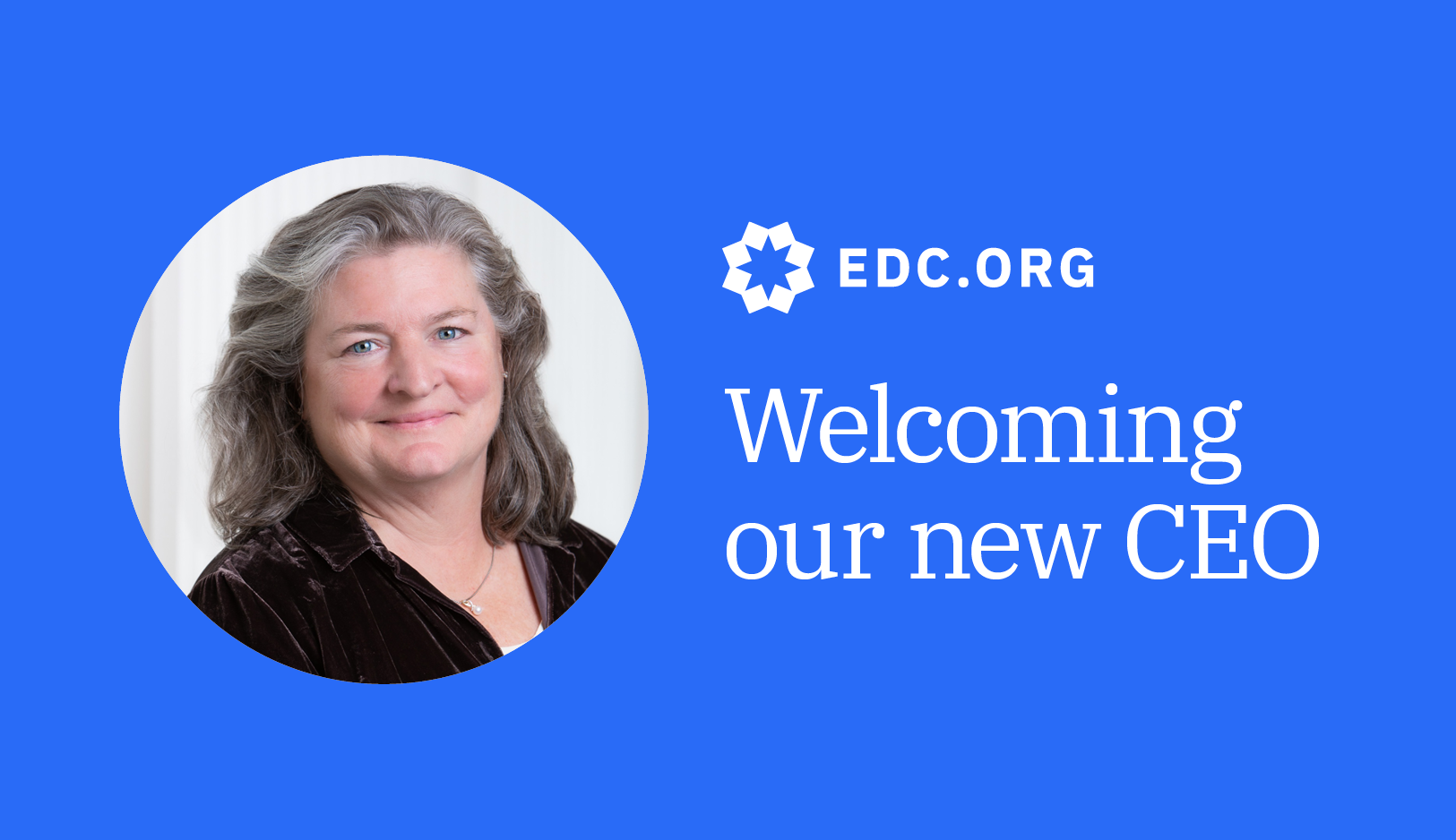Our Four Ambitions
Today’s interconnected challenges need interconnected solutions. Our cross-cutting ambitions drive creative, collaborative approaches that champion individuals and strengthen systems across the world.
News & Analysis
Our expert analysis of the issues today is built on data-driven insights and decades of on-the-ground experience.
In a rapidly changing, interconnected world, our challenges are growing more complex. Stay informed and make sense of it all with meaningful context, resources, and solutions from experts across EDC.









